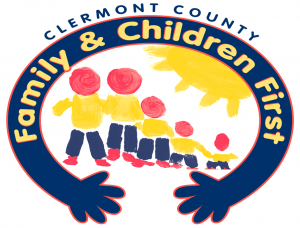Family Driven Care-What Does That Mean?
The vision that families can drive their plans for services or supports is a new concept to many families, as well as providers of services. The 2003 President’s New Freedom Commission on Mental Health report, “Achieving the Promise: Transforming Mental Health in America,” mandates that families must be the center of the system of care and must drive the services provided. Therefore, services/supports have evolved within systems to achieve the goal to make services family-driven.
Why Promote Family-Driven Care?
Families know what works for them. Therefore, it makes sense that they drive service delivery decisions. Their experience is holistic. In other words, they do not have a mental health part, a child welfare part, a juvenile justice part, and so forth. Families focus on the concrete challenges that they face all day and every day. Families also know their strengths and their limitations. Families know the difficulties they face. Families can see change in how they or their children are doing on a daily basis. They know how a program, agency, or system works (or doesn’t work) for them. Most importantly, without family comfort and buy-in, children and youth won’t participate in services. Also, family voice is listened to by politicians and public officials. Families’ passion and persistence are necessary to transform mental health services. Families and youth can help the systems realize the coordination and collaboration that is important to improving mental health outcomes.
Collaboration is difficult to achieve. Systems have mandates that create silos, staff work in environments that afford little time to collaborate, and professionals participate in communities of practice that make it hard to partner across disciplines. Families and youth, who experience their needs holistically and feel a powerful need for coordination and collaboration, can play a key role in pushing professionals to do the heavy lifting that will result in effective collaboration.
Providing family-driven care requires a major change in how people think and act. There must be administrative support to change behaviors and relationships. Developing, promoting, and supporting a commonly accepted definition of family-driven care is a necessary step in helping people change how they think and act.
_______________________________________________________________
Putting Families behind the Wheel
The term “family-driven care” can be thought of as a road trip. Picture a comfortable car or minivan filled with good traveling companions. The main passenger is a child who has a mental health need. The driver is the child’s family. The rest of the passengers have been invited along because they know a lot about child development, education, health, family support, psychology, literacy, housing, employment, and other things families need to have a good quality of life. The family knows where they want to go, but need help choosing a good route and getting there safely. The traveling companions share what they know and discuss all the options together with the driver. Then the family takes the wheel and drives the car along the chosen route. The driver gets help along way, if it is needed. At the end of the trip, everyone celebrates their success together.
This image of a journey was presented to the New Freedom Commission by the Federation of Families for Children’s Mental Health. The image has been used to help families and professionals understand how to apply the definition of family-driven care in their everyday lives in the real world. Some practical strategies for taking the wheel have been developed to get folks started on their own journey.
Web References on Family-Driven Care
- Working Definition and tools: www.ffcmh.org
- Achieving the Promise: Report of the President’s Commission on Mental Health: www.samhsa.gov


